Remember when Saturday mornings meant something magical, and the simple act of dialing a phone number could unlock a world of wonder? The 1980s were filled with small rituals and routines that shaped our daily lives in ways we never quite appreciated at the time. These weren’t just activities—they were the building blocks of childhood, the threads that wove together our sense of community and belonging in a pre-digital world.
Looking back now, it’s startling to realize how many of these cherished routines simply vanished without fanfare, replaced by the relentless march of technology and changing times. We didn’t get a goodbye party for these slice-of-life moments; they just quietly slipped away while we weren’t paying attention. Here are twelve childhood staples from the ’80s that disappeared so gradually, we barely noticed they were gone until it was too late to say a proper farewell.
1. Calling Time and Temperature Just Because You Could

Every town had that magical phone number—usually something like 767-8900 or POPCORN—that would connect you to a robotic voice cheerfully announcing the current time and temperature. Kids would call it for no reason other than the simple joy of accessing this free service, sometimes calling multiple times in a row just to hear that distinctive automated voice. It felt like having a direct line to some all-knowing oracle who existed solely to share the world’s most basic information. NPR gives a special shoutout to the lines that remain available today, even in a world where every task has an app.
The ritual became even more special during extreme weather days when you’d call obsessively, hoping the temperature had dropped just one more degree to trigger a snow day. Parents would find mysterious charges on their phone bills from kids who discovered you could call time and temperature numbers in other cities, leading to long-distance adventures in meteorology. That simple pleasure of instant, reliable information felt revolutionary in an era when you otherwise had to wait for the weather report on the evening news.
2. Saturday Morning Cartoon Marathons with Military Precision
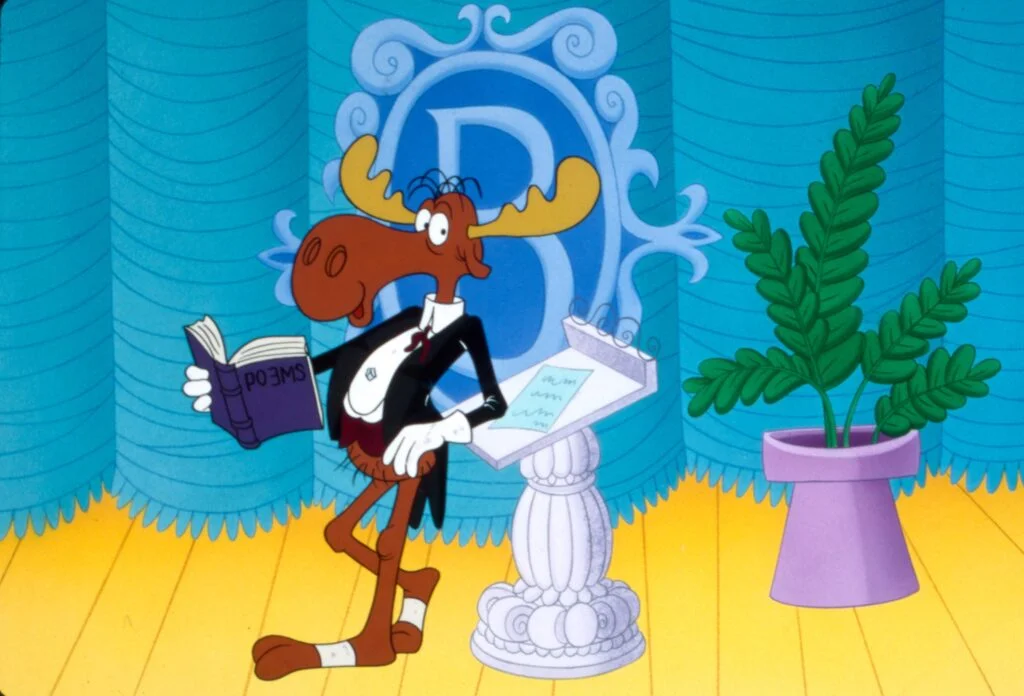
Saturday mornings weren’t just about watching cartoons—they were about orchestrating a carefully planned campaign that began at dawn and lasted until noon. You’d wake up before 6 AM without an alarm clock, pour yourself a mixing bowl full of sugar-laden cereal, and settle in for four solid hours of animated bliss. The TV schedule was memorized like scripture: Smurfs at 8, Scooby-Doo at 8:30, followed by The Flintstones, and if you were really lucky, maybe some Schoolhouse Rock shorts thrown in between. For those looking to relive the nostalgia, Comic Book Resources has a fun list of some great cartoons to dive into.
The ritual included complex negotiations with siblings over remote control privileges and strategic bathroom breaks during commercial segments to avoid missing a single minute. Parents learned to tiptoe around the living room during these sacred hours, understanding that Saturday morning cartoons were as essential to childhood development as vegetables and bedtime stories. The magic ended abruptly at noon when cartoons gave way to boring grown-up programming, marking the official transition from weekend paradise back to reality.
3. Making Mixed Tapes with the Dedication of a Master Craftsman
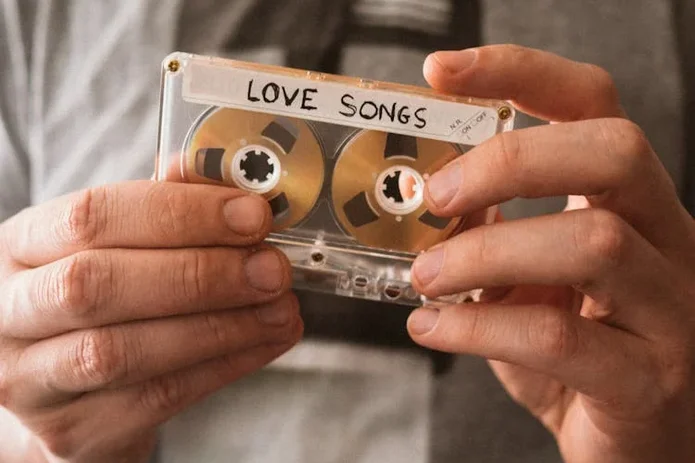
Creating the perfect mixed tape was an art form that required patience, timing, and the reflexes of a ninja waiting by the radio. You’d spend hours with your finger hovering over the record button, ready to capture your favorite songs from Casey Kasem’s American Top 40 or your local radio station’s countdown. The goal was to hit record at precisely the right moment—after the DJ stopped talking but before the song’s intro ended—creating seamless transitions that would make your friends think you were some kind of audio wizard. According to WIRED, these versatile little trinkets reshaped not just music history, but also its future.
The process involved mathematical calculations worthy of NASA: figuring out how many songs would fit on each side, leaving exactly the right amount of space between tracks, and always ending with a song that wouldn’t cut off mid-chorus. You’d write and rewrite the track listings on the tape’s paper sleeve with the kind of careful lettering usually reserved for important documents. These weren’t just playlists—they were carefully curated emotional journeys, often created as gifts for friends or that special someone you were sweet on.
4. TV Guide as Required Weekly Reading Material

The arrival of TV Guide each week was like receiving a roadmap to entertainment paradise, and families treated it with the reverence usually reserved for religious texts. You’d immediately flip to the prime-time grid to circle your must-see shows, cross-reference movie listings to catch those rare broadcasts of your favorites, and study the brief episode descriptions like they contained state secrets. The thin pages would become dog-eared from constant consultation throughout the week.
Planning your viewing schedule required serious strategy sessions, especially when your favorite shows aired at the same time on different channels. Families would negotiate viewing priorities during dinner conversations, with parents usually winning the remote control battle but occasionally compromising on special episodes or holiday specials. The tiny print and abbreviated descriptions became a second language we all learned to decode, turning phrases like “Lucy schemes” or “Fonzie helps” into detailed plot predictions.
5. Checking Your Answering Machine Messages Like Opening Christmas Presents
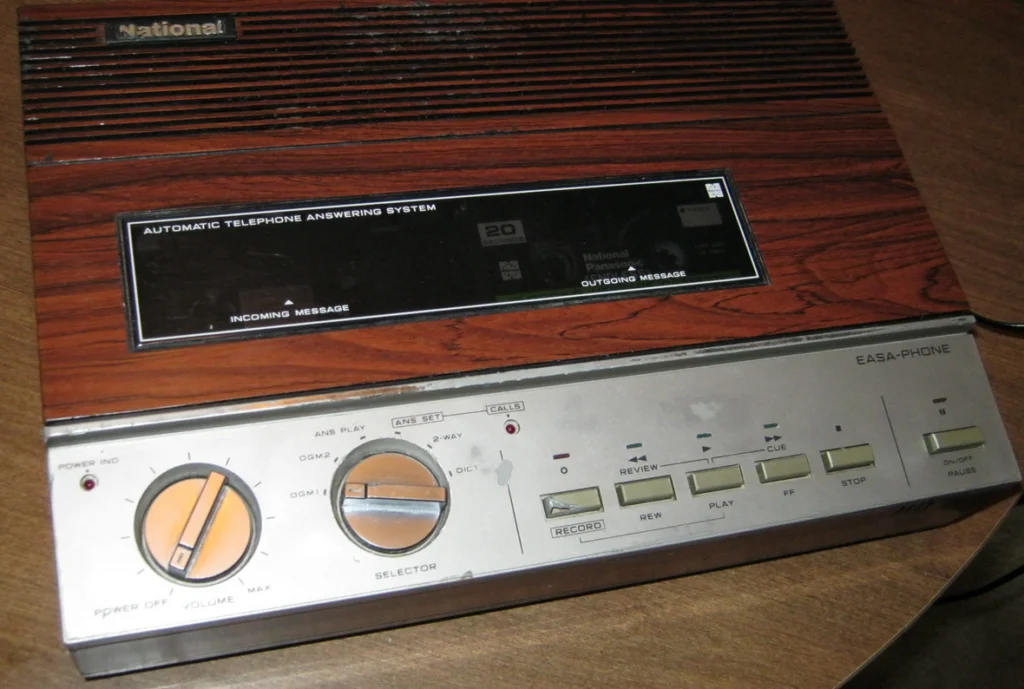
Coming home to see that blinking red light on your answering machine created a genuine sense of excitement and anticipation that’s impossible to replicate in today’s world of instant communication. You’d press play and listen to each message with the focused attention of a detective gathering clues, trying to determine who called by their voice before they identified themselves. The messages ranged from friends making weekend plans to grandparents checking in, each one feeling like a small gift waiting to be unwrapped.
The ritual extended to recording your outgoing message, which became a creative outlet where families would spend ridiculous amounts of time crafting the perfect greeting. Some went for humor, others kept it simple and professional, but everyone understood that your outgoing message was a reflection of your personality that would be heard by anyone who called. Friends would sometimes call just to hear your latest greeting, and you’d occasionally call your own number from a different phone just to hear how you sounded to the outside world.
6. Physical TV Channel Surfing with Actual Effort Required
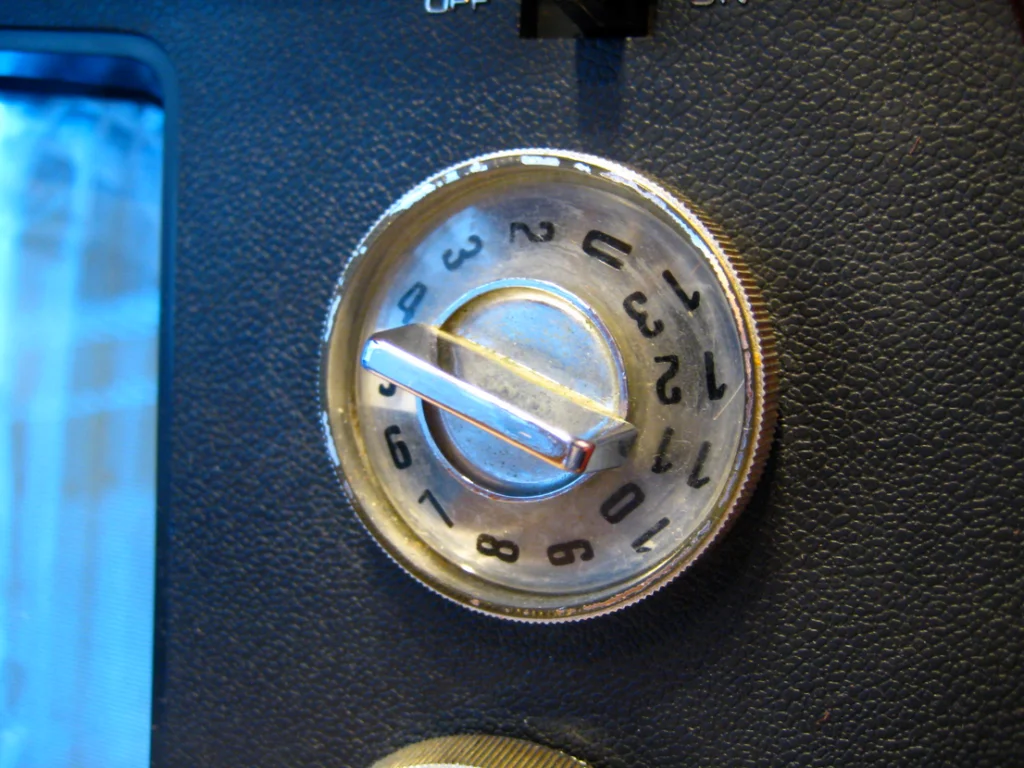
Before remote controls became standard household equipment, changing the channel required a physical expedition across the living room to manually turn a dial or push buttons on the television set. Channel surfing was a deliberate activity that required commitment—you couldn’t mindlessly flip through dozens of options because each channel change demanded getting up, walking over, and making a conscious decision. This limitation actually enhanced the viewing experience, forcing you to stick with shows long enough to give them a fair chance.
The family hierarchy was clearly established by proximity to the television, with the person closest to the TV becoming the designated channel changer for everyone else. Remote controls, when they finally arrived, were revolutionary devices that families guarded like precious artifacts, often kept in a specific location and treated with the kind of respect usually reserved for fragile antiques. The simple act of channel surfing from the comfort of your couch felt like stepping into the future, even though we had no idea how much more the future would change our viewing habits.
7. Encyclopedias as the Gateway to All Human Knowledge

When you needed information for a school report or just wanted to settle a family debate, the family encyclopedia set was your first and often only stop for answers. These massive collections of books, usually displayed prominently in the living room like trophies of intellectual achievement, represented the sum total of accessible human knowledge in most households. You’d pull down the heavy volume covering your topic, flip through tissue-thin pages filled with tiny print, and copy information by hand onto notebook paper with the dedication of a medieval monk transcribing manuscripts.
The ritual of “looking it up” required planning and commitment—you couldn’t just get instant answers to random questions that popped into your head throughout the day. Families would invest in yearly encyclopedia updates, receiving supplemental volumes that covered recent events and discoveries, treating these additions like valuable collectibles. The physical act of researching became a shared family activity, with parents and children huddled around the dining room table, surrounded by open volumes and handwritten notes, turning homework into a collaborative archaeological expedition through the world’s collected wisdom.
8. Polaroid Pictures and the Magic of Instant Development
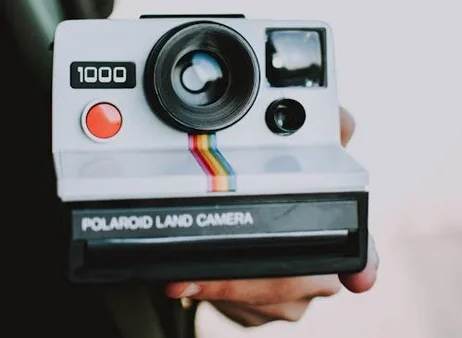
Taking a Polaroid picture felt like performing actual magic—you’d press the button, wait for the camera to make its distinctive mechanical whirring sound, then watch as a blank piece of plastic emerged and slowly revealed an image before your very eyes. The ritual included the careful shaking of the developing photo (despite the instructions that said not to), timing the development process, and gathering around to witness the gradual appearance of faces and scenes. Each photo was precious because film was expensive and you only got one shot at capturing the moment perfectly.
The anticipation of waiting for a photo to develop created a shared experience that made every picture feel special and ceremonial. You’d plan your shots carefully, pose for group photos with the knowledge that there were no do-overs, and treasure the physical copies because they represented irreplaceable memories frozen in time. Photo albums were carefully curated collections of these instant memories, and families would spend evenings together flipping through pages of slightly faded Polaroids, reliving birthday parties, family vacations, and random Tuesday afternoons that somehow seemed worth preserving forever.
9. Calling Movie Theaters for Showtimes and Making Mental Notes
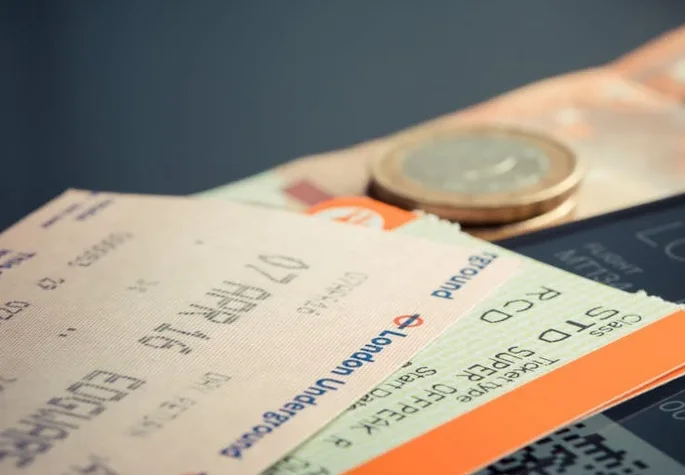
Getting movie showtimes required calling the theater and listening to a recorded message that listed every single movie and showtime in a monotone voice that moved at the speed of molasses. You’d call with a pen and paper ready, listening intently as the robotic voice methodically recited information, often having to call back multiple times to make sure you caught all the details correctly. The process required genuine planning and commitment—you couldn’t just casually check what was playing while standing in line at the concession stand.
The ritual extended to memorizing showtimes for the entire weekend, turning movie schedule information into valuable social currency that you’d share with friends during lunch conversations at school. Families would gather around the kitchen table with the newspaper’s entertainment section spread out, cross-referencing phone-in showtimes with printed schedules to plan their weekend entertainment. The anticipation built throughout the week as you planned which movies to see and calculated the perfect timing to catch the early show, grab dinner, and maybe catch a second movie if your allowance could stretch that far.
10. Library Card Catalogs and the Art of Information Hunting
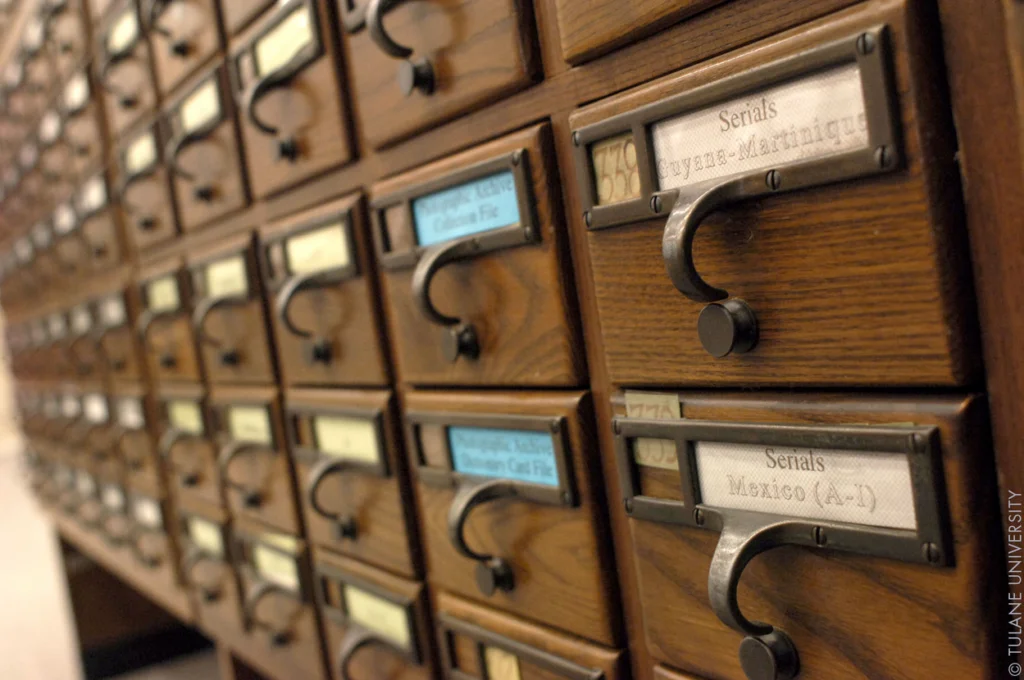
Finding a book in the library required mastering the mysterious Dewey Decimal System and navigating room-sized card catalogs filled with thousands upon thousands of tiny drawers containing handwritten or typed index cards. You’d pull out drawer after drawer, flipping through cards alphabetically organized by author, title, or subject, copying down call numbers in your careful handwriting and hoping the book would actually be on the shelf where it was supposed to be. The process turned every library visit into a treasure hunt that required patience, strategy, and a willingness to explore unexpected rabbit holes of information.
The physical act of research became a meditative experience as you’d wander through towering stacks of books, following call number sequences like breadcrumbs through a forest of knowledge. Librarians were revered as the keepers of secret wisdom, able to navigate the card catalog system with supernatural efficiency and help you locate exactly the resource you needed for your school project. The satisfaction of finally tracking down the perfect book after twenty minutes of searching felt like a genuine accomplishment, making the information inside seem more valuable because of the effort required to find it.
11. Pay Phones as Lifelines to the Outside World
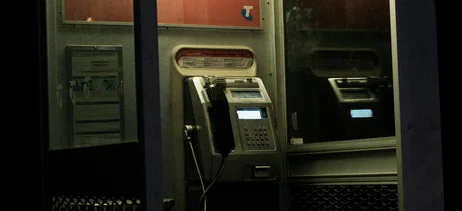
Pay phones weren’t just backup communication devices—they were essential infrastructure that connected you to home base whenever you ventured beyond your neighborhood boundaries. You’d memorize the exact change required for local calls, always keeping a quarter or two in your pocket for emergencies, and knew the locations of the most reliable pay phones in your area like a survival expert mapping water sources. Making a call required planning, correct change, and the ability to have important conversations while standing in public spaces with minimal privacy.
The ritual included the satisfying weight of dropping coins into the slot, the mechanical sounds of the connection being made, and the clear understanding that every minute cost money, making conversations more focused and purposeful than today’s endless phone calls. Families would coordinate pick-up times and locations using pay phones, turning every outing into a carefully choreographed operation with backup plans and contingency protocols. The pay phone represented independence and responsibility rolled into one chrome-plated package, teaching kids valuable lessons about communication, money management, and the importance of keeping your promises when someone was expecting your call.
12. Developing Film and the Anticipation of Photo Discovery
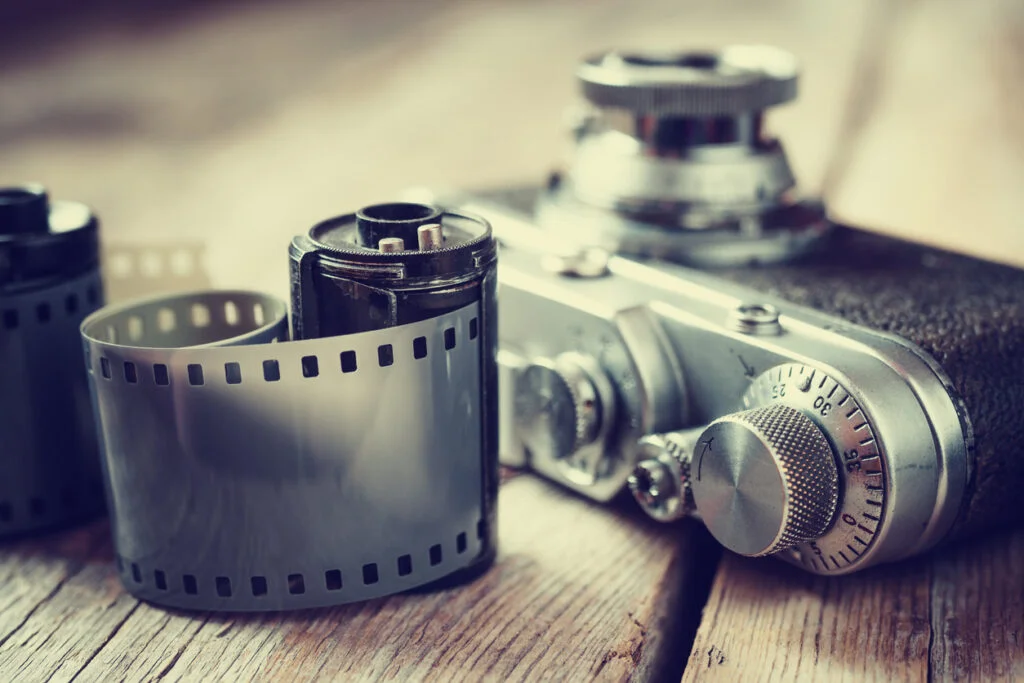
Dropping off a roll of film for developing created a unique form of delayed gratification that stretched over days or even weeks, building anticipation for memories you’d almost forgotten you’d captured. You’d hand over that small plastic canister to the photo lab clerk, receive a numbered receipt, and then wait with the patience of a monk for the call that your pictures were ready for pickup. The entire process required faith—faith that your pictures had turned out, faith that the important moments were properly exposed, and faith that the photo lab wouldn’t lose your irreplaceable memories.
The moment of truth came when you opened that manila envelope filled with glossy 4×6 prints, flipping through each photo like unwrapping individual gifts from your past self. Some pictures would be perfect captures of special moments, others would be blurry mysteries or accidental shots of your thumb, but each one represented a small time capsule from recent adventures. Families would gather around the kitchen table to examine new photos together, passing them around and reliving birthday parties, vacations, and random moments that had seemed worth preserving, creating shared experiences around the simple act of rediscovering your own memories.
These simple routines shaped our childhoods in ways we’re only beginning to understand now that they’re gone. They taught us patience in an impatient world, made us appreciate the effort required to connect with others, and created shared experiences that bound communities together. While technology has certainly made our lives more convenient, there’s something to be said for the intentionality and mindfulness that these old routines required—the way they forced us to slow down, plan ahead, and savor the small moments that made ordinary days feel special.


